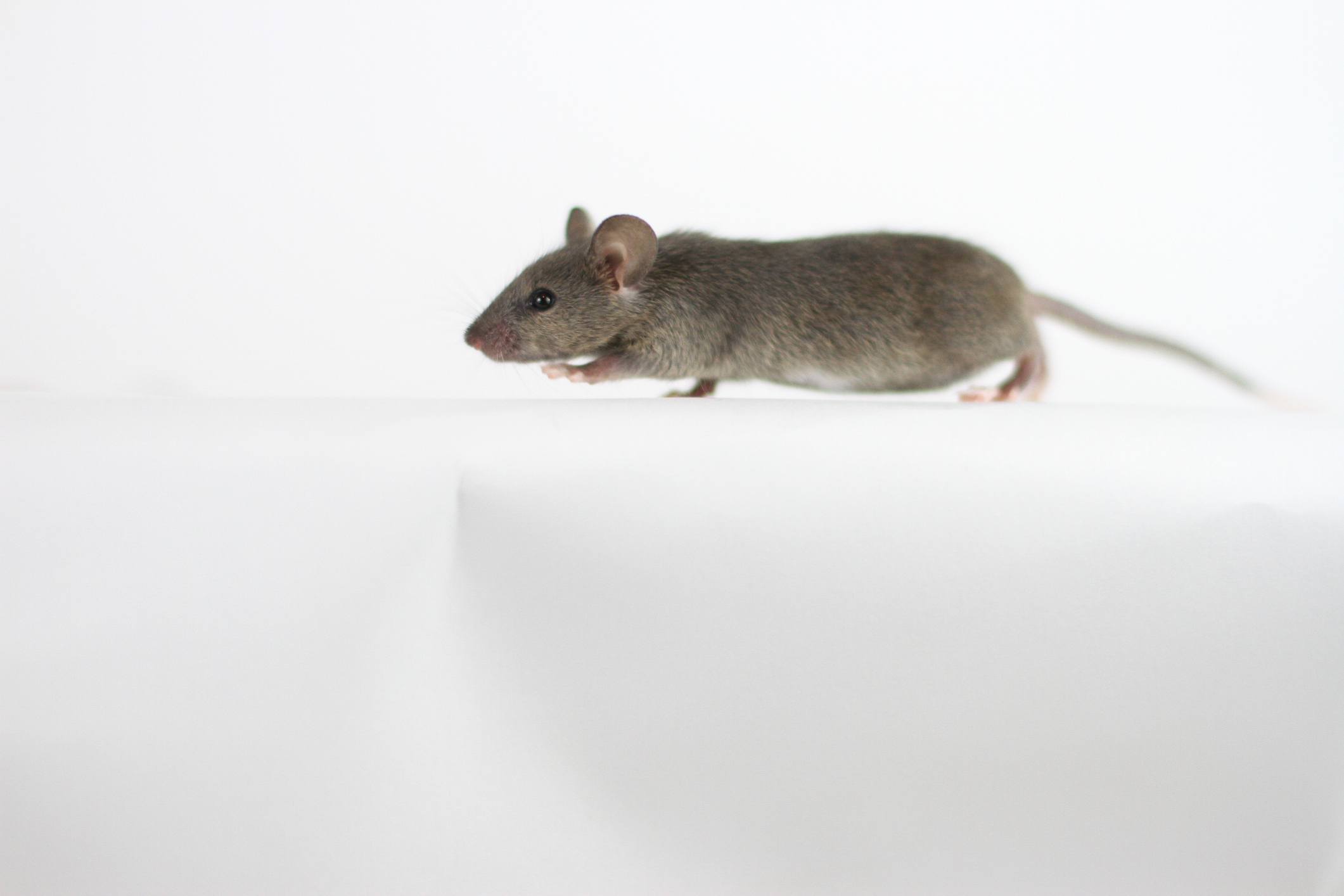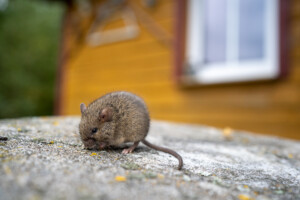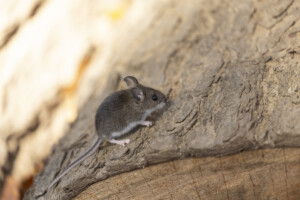With the fall season ending before it even started, pests, such as brown mice and grey mice, are going to begin to make their way indoors. While mice are adorable creatures to some, they are rather dangerous and destructive pests. Mice, unlike other pests, are not dangerous for their bite, sting, or poison, but rather for the health risks that come from the diseases they carry.
Get A Free Quote
Inquiries
(800) 236-8735
On top of the health risks mice pose, they are rapid breeders, which means the danger level rises significantly once there are multiple mice running through the walls of the home. For example, mice populations are capable of reproducing over 200 entities in a matter of months.
Read on for more facts about mice.
CAN MICE INFESTATIONS CAUSE DAMAGE IN MY HOME?
The dangers of mice in your home stem from their tendency to consistently chew. Mice chew to maintain their teeth length, resulting in them chewing through drywall, rubber, plastic pipes, insulation, aluminum, and potentially wires or gas lines. Openings caused by chewing should be sealed up, but do not pose an imminent threat to you or your family. However, if rodents chew through wires, the chance of fire-starting increases, and if gas lines experience a leak, the chance of carbon monoxide poisoning increases.
DO MOUSE INFESTATIONS POSE HEALTH RISKS?
DISEASES
For mice to mark their territory, they must urinate and defecate in the area they want to maintain. Similarly, due to their regular eating schedule of 15 to 20 times a day, mice are known for making their nests near a food source. Some of the health problems caused by mice are:
Hantavirus: Mouse-borne hantavirus is a serious threat because it can lead to Hantavirus Pulmonary Syndrome (HPS), a potentially fatal respiratory illness. The virus is primarily transmitted through the urine, droppings, and saliva of infected deer mice. Humans can contract hantavirus by inhaling airborne particles from contaminated dust or by coming into direct contact with these substances.
HPS begins with flu-like symptoms such as fatigue, fever, and muscle aches, but it can quickly progress to severe respiratory distress as the lungs fill with fluid. With a high mortality rate—about 38% according to the CDC —and no specific treatment or vaccine available, early detection and supportive care are crucial. Preventing rodent infestations is essential to minimize the risk of hantavirus exposure and protect your health.
Salmonella: Due to their scurrying nature, Wisconsin mice run through kitchen counters, cabinets and pantries, carrying dirt and bacteria with them. Food left out or in cabinets are susceptible to mice touching and biting, which leads to salmonella. Salmonella is most commonly associated with the same symptoms as food poisoning.
Lymphocytic Choriomeningitis (LCMV): Serious neurological problems such as inflammation of meninges and the brain are caused once a human has been exposed to fresh urine, saliva, droppings, or other nesting materials where mice have been.
PARASITES
House mice in Wisconsin can carry various parasites that pose health risks. These include mites, fleas, and ticks, which can transmit diseases like murine typhus and Lyme disease. House mice also host intestinal parasites such as tapeworms and roundworms. These parasites can contaminate food and living spaces, leading to potential human infection.
DO MICE BITE?
Mice can bite, but they generally do so only when threatened or handled. While rare, bites can transmit diseases or cause allergic reactions.
HOW DO YOU KNOW MICE ARE IN YOUR HOME?
Droppings: Droppings are one of the earliest signs of an infestation. Mouse droppings are small, dark pellets generally ⅛ to ¼ of an inch in length and tapered at the ends. These small feces should be handled with gloves and protective masks to ensure safety.
Nests: Nests are often located by initially spotting a hole and can be formed of shredded paper or fabric in hidden areas like drawers, cabinets, pantries, and other areas that are not often checked.
Gnaw marks: Look for gnaw marks on wires, food packaging, and furniture.
Odor: You may notice a strong, musky smell from urine or nesting areas.
Tracks: It’s rare to see mouse tracks, but you might see smudges or footprints on dusty surfaces.
Sounds: It is common to hear mice at night, as this is when they are the most active. The noise you will hear could range from scurrying to a high-pitched mouse squeak.
If you notice any of these signs of mice in the house, call your local pest control company.
HOUSE MICE VS. DEER MICE: WHAT’S THE DIFFERENCE?
The house mouse (Mus musculus), typically gray mice or brown mice, is commonly found indoors. It has a uniform color and a longer tail and is often known as the brown mouse. In contrast, the deer mouse (Peromyscus maniculatus), typically brown with a white belly and larger eyes, is more likely found in rural areas. While brown house mice (or gray house mice) thrive in urban environments, deer mice can carry hantavirus, a serious health risk. So are brown mice dangerous? They can be dangerous too, primarily because they can carry and spread diseases, contaminate food, and cause structural damage.
HOW CAN WIL-KIL PEST CONTROL ASSIST IN YOUR INFESTATION?
Clearly, these tiny, cute-faced rodents have no business in your home. If you are living within Terminix Wil-Kil’s service area, be sure to call us once you detect a mouse in your home. We will come and remove the problem at hand, the current infestation, and offer advice about our exclusion service to help prevent further infestations.
EFFECTIVE MOUSE CONTROL
Effective mouse control in Wisconsin requires a comprehensive approach tailored to the local environment. At Terminix Wil-Kil Pest Control, we recommend a multi-step strategy to keep your home or business mouse-free.
Inspection: We start with a thorough inspection to identify entry points, nesting sites, and signs of infestation, such as droppings or gnaw marks.
Exclusion: This involves sealing cracks, gaps, and holes in your building’s exterior. Mice can squeeze through openings as small as a dime, so thoroughness is key.
Trapping and Baiting: We use traps and bait stations strategically to reduce the mouse population. Our experts know the best spots to place them for maximum effectiveness.
Sanitation: It is important to keep your environment clean by storing food in airtight containers and promptly disposing of waste. Reducing available crumbs and food waste is essential to prevent infestations.
Ongoing Monitoring: Regular monitoring and maintenance are crucial for long-term prevention. Terminix Wil-Kil offers tailored plans to ensure your property stays mouse-free.
Whether you see a small brown mouse, a gray house mouse, or a light brown mouse – they’re all house mice and can pose a risk to your family if left untreated. Call Terminix Wil-Kil today regarding your current infestation and for inquiries about our exclusion process.
ARE SMALL MICE DANGEROUS IN HOMES in Sun Prairie, WI?
Terminix Wil-Kil Pest Control is a local Pest Control and Extermination company helping homeowners and businesses with pest issues across WI.



